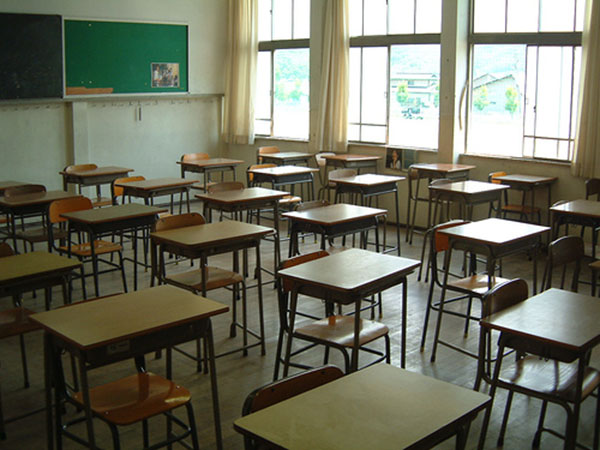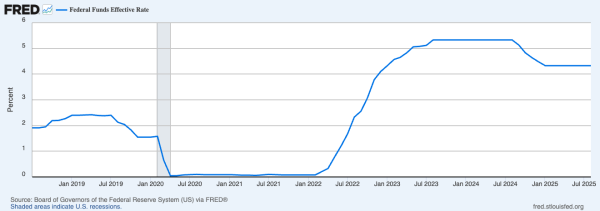All Students Deserve Good Schools

strngwrldfrwl from Japan via Wikimedia Commons
With school buildings empty, the College Board has adapted exams for an at-home format.
Benjamin Franklin once said that an investment in education pays the best interest. But currently in the state of Ohio, not every child is receiving the educational investment they need to succeed. That’s why I support increasing state income taxes so that the state can provide more equitable support for education to every school district in Ohio.
In the status quo, school districts are funded mostly by property tax revenue, supplemented by a mixture of state and federal funds. This leads to a highly inequitable system because of the different tax bases in each community. Just within Cuyahoga County, a relatively high-spending region, there is huge variation in per pupil spending .
According to the most recently available data from the Ohio General Assembly, in the 2011-12 school year, the Beachwood City School District had a per pupil expenditure of just over $19,000 per year compared to Solon spending just over $13,000. Lakewood spent closer to $12,000 per year, Maple Heights spent just under $11,000, and the Cleveland Municipal School District spent about $14,500 per pupil. For the record, our neighbor Orange City Schools outspends us as one of the highest spending districts in the state: close to $22,000 per pupil.
It’s natural for each community to spend different amounts, but with so much variation between districts, it’s impossible for every student in Ohio to have access to the same resources. So the state legislature, which must look out for all of its citizens, needs to help level the playing field. That doesn’t mean cutting funding for Beachwood, it means increasing funding so that every other school district has comparable resources.
Yes, that means raising state income taxes. But here’s why that’s ok. Without a stronger education system, we cannot compete with other countries. Manufacturing jobs are leaving the United States and aren’t coming back, so in order to maintain a strong economy, the United States must have the most skilled workforce in other sectors. We need individuals who are well-trained in scientific, technological, engineering and mathematical fields to adapt to the changing world, and we need students who are well-versed in the humanities to communicate and enrich our social and cultural fabric.
According to Rebecca Strauss, associate director of the Council on Foreign Relations’ Renewing America initiative, the main problem facing America’s already lagging education system is the disparity between socioeconomic groups in achievement. If the state starts to make up the gap by raising taxes, our education system will undeniably improve, and the United States can position itself to continue as a global economic and cultural leader in the upcoming century.
The Constitution gives each state the power to shape its own educational systems. Ohio needs to show we deserve that power and make the right decisions to ensure that all students get the best education possible, regardless of where they live.








Jonathon M. Shapiro • Oct 22, 2013 at 8:39 PM
Not in any official capacity, it is my interest for this comment to serve as an impromptu rebuttal:
Should not the variation of spending by Solon and Orange serve to disprove your point? Both of which do just as well, if not better than Beachwood. Seeing this, and that Solon and Orange spend more and less respectively, is it more the raw amount of money or the true application thereof?